Golliwogg, c.1902
The stories about the Golliwogg and the Dutch dolls were written by Bertha Upton (1849-1912) and illustrated by her daughter Florence Kate Upton (1873-1922)
The late Victorian stories about the Golliwogg and the Dutch Dolls (cheap German-made dolls known as Dutch dolls from a corruption of “Deutsch”) were written by Bertha Upton (1849-1912). Her daughter Florence Kate Upton (1873-1922) illustrated her mother’s books with the charming pictures which made them so popular. The books are highly collectable today, even though they have more recently been deemed offensive and inappropriate for children¹, and can fetch very high prices.
The same applies to the historical De la Rue card game which is based on the first seven Golliwogg books as shown on the rear of the box. This is a great aid to dating the card game because it confirms that it appeared before “The Golliwogg’s Circus” in 1903. The only other book that the Uptons published was called “The Vege-Men’s Revenge” published in 1897 but it never was as big a seller as the Golliwogg series.
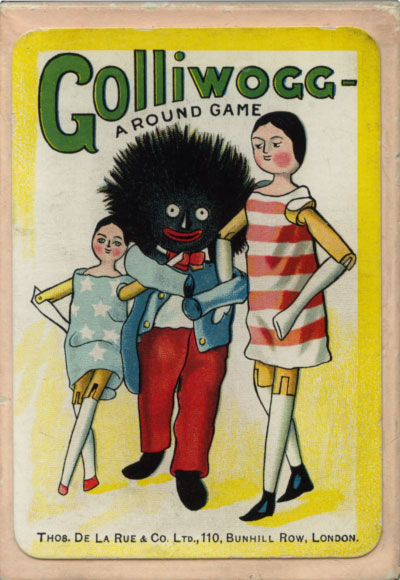
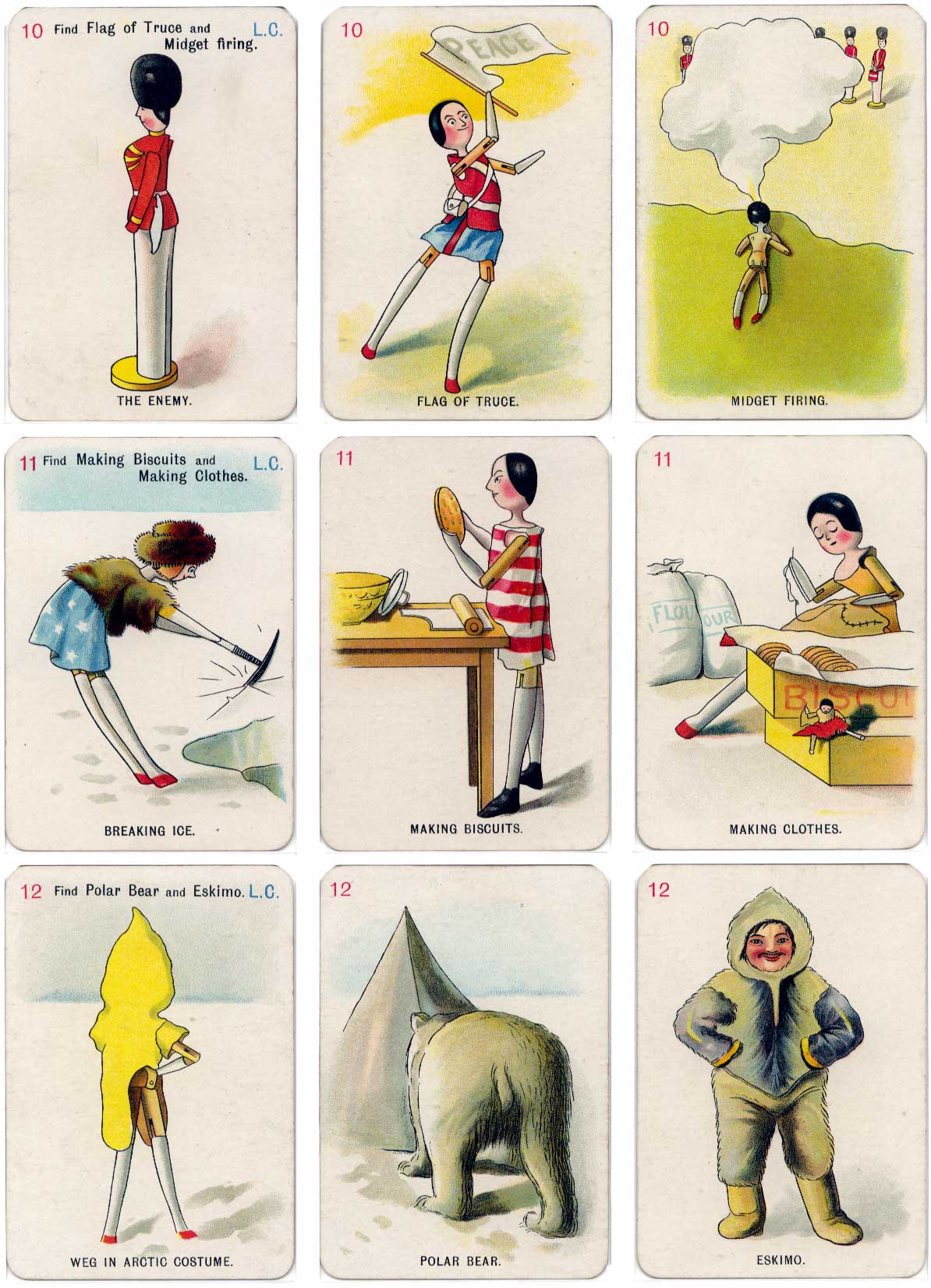
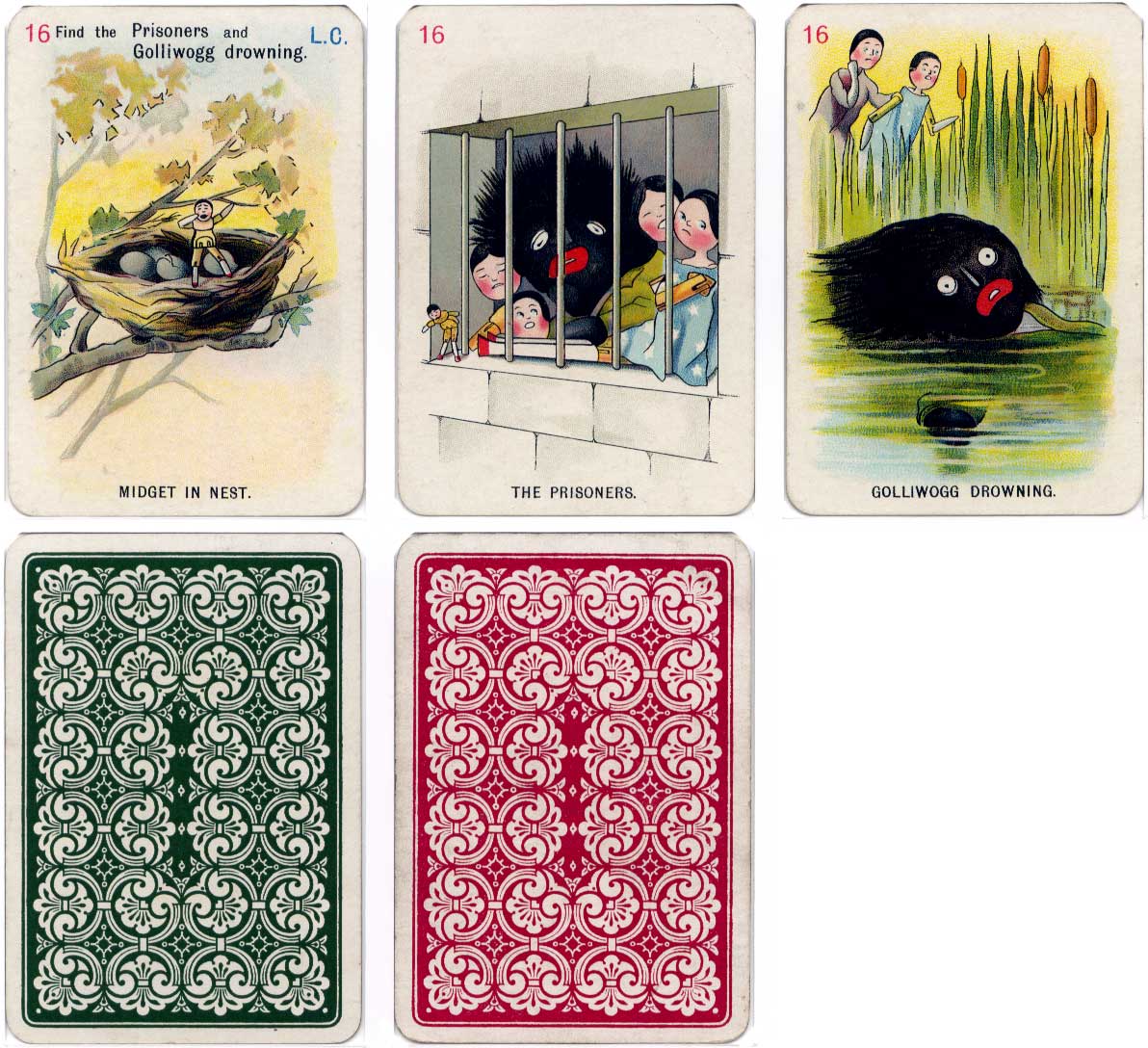
Above: selection of cards from the “Golliwogg” card game illustrated by Florence Kate Upton (1873-1922) and published by Thos de la Rue & Co Ltd by arrangement with Messrs Longmans, Green & Co, c.1902. See an alternative box and back design►
¹ NOTE The black faced doll came out of the American tradition of black faced minstrels (which began around 1830) in which white men and a few black men wore intense black make up and sang songs in a fake Southern accent. When it came to the UK in the late 19th century it was very popular in the Music Halls and special Minstrel shows. The extremely popular children’s book “Little Black Sambo” was published in 1899 and was still on sale in the 1940s. Agatha Christie wrote “Ten Little Niggers” in 1939. Although the title was revised much later the stage adaptation was first performed in London entitled “Ten Little Niggers” later to become “Ten Little Indians” and finally “And then there were None”. In the 1927 film “The Jazz Singer”, the first talkie, Al Jolson appeared blacked up to sing some of the songs as he had been doing on the stage for years. Jolson himself, being a Jew, knew racial prejudice well and, ironically, campaigned against black prejudice. The Uptons who wrote the Golliwogg books had migrated to the USA and this may be the reason behind the stories where black faced dolls were commonplace. Many children had a golliwog doll but we know better now!
By Rex Pitts (1940-2021)
United Kingdom • Member since January 30, 2009
Rex's main interest was in card games, because, he said, they were cheap and easy to get hold of in his early days of collecting. He is well known for his extensive knowledge of Pepys games and his book is on the bookshelves of many.
His other interest was non-standard playing cards. He also had collections of sheet music, music CDs, models of London buses, London Transport timetables and maps and other objects that intrigued him.
Rex had a chequered career at school. He was expelled twice, on one occasion for smoking! Despite this he trained as a radio engineer and worked for the BBC in the World Service.
Later he moved into sales and worked for a firm that made all kinds of packaging, a job he enjoyed until his retirement. He became an expert on boxes and would always investigate those that held his cards. He could always recognize a box made for Pepys, which were the same as those of Alf Cooke’s Universal Playing Card Company, who printed the card games. This interest changed into an ability to make and mend boxes, which he did with great dexterity. He loved this kind of handicraft work.
His dexterity of hand and eye soon led to his making card games of his own design. He spent hours and hours carefully cutting them out and colouring them by hand.

Leave a Reply
Your Name
Just nowRelated Articles
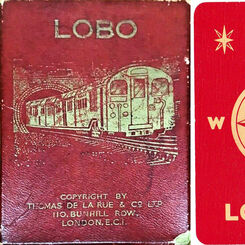
Lobo
Lobo, the London Underground card game published by Thomas De la Rue & Co Ltd, 1930s.
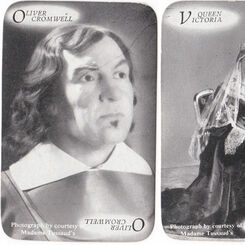
Have A Go
Have A Go card game published by Photo-Briton Ltd featuring photographs of waxwork figures from Mada...
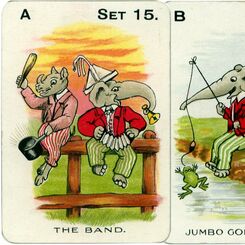
Jungle Jinks
Jungle Jinks card game with artwork by Constance Stannard Chapman, manufactured by Thomas De La Rue ...
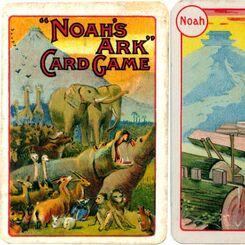
Noah’s Ark Card Game
Noah’s Ark Card Game, c.1905, which in its day helped to teach the Old Testament worldview
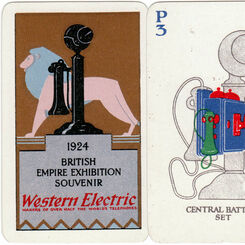
Electrical Mah Jong
Electrical Mah Jong was produced by De La Rue for The Western Electric Company Ltd in 1924 for the W...
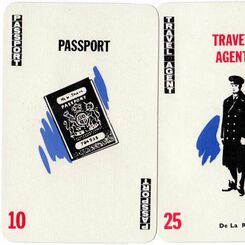
Travel Agent
Travel Agent is a card game designed by Martin A. Foley and manufactured by Thomas de la Rue & Co Lt...
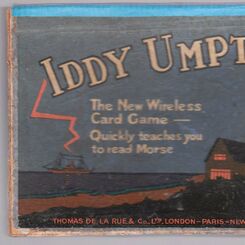
Iddy Umpty
“Iddy Umpty” card game based around learning to read the Morse Code Alphabet. by Thomas de la Rue & ...
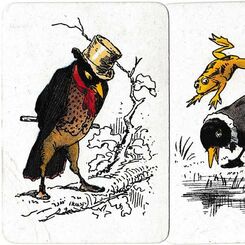
Bread & Honey
A charming Victorian family card game involving Clowns, Queens, Kings, Maids and thirty-seven Blackb...
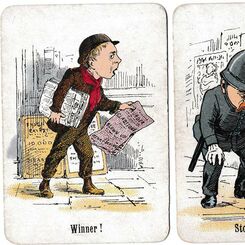
Stop Thief & Snip-Snap
Another late Victorian family card game by Thomas de la Rue & Co Ltd, c.1895 with beautifully illust...
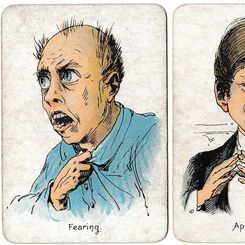
Moods & Faces
“Moods & Faces” round game by Thos de la Rue & Co Ltd,. c.1900.
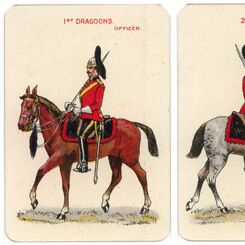
Cavalry Game
The “Cavalry Game” manufactured by Thomas de la Rue & Co Ltd, c.1900-10.
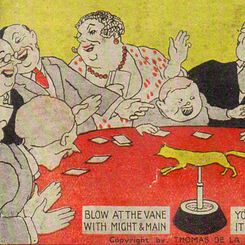
Tempest
Tempest is a family card game designed by W. Heath Robinson and published by Thomas de la Rue & Co. ...
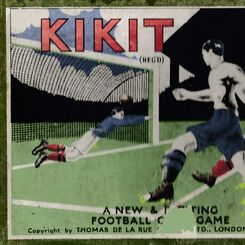
Kikit
Kikit is an indoor football game made by De la Rue, c.1920.
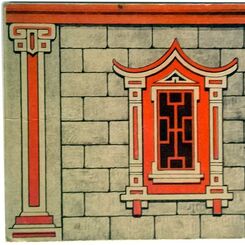
Rūfa
Rūfa is a game designed by Ernest Legh and manufactured by De la Rue. The object is to build a pagod...
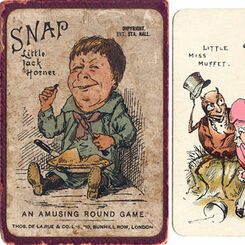
Jack Horner Snap
“Little Jack Horner” Snap made by Thomas De la Rue & Co Ltd, c.1890.
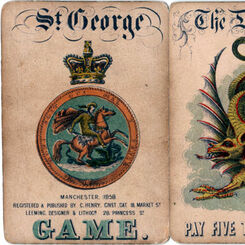
St George Game
St George Game, 1858, depicting St George and other saints engaged in battle slaying the dragon to s...
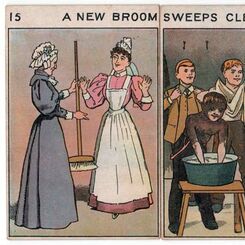
Picture Proverbs
Picture Proverbs was a Victorian card game illustrating popular proverbs which were seen as words of...
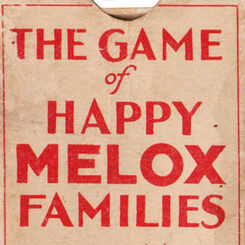
Happy Melox Families
The “Game of Happy Melox Families” was published by G. Clarke & Son of Thomas Street, London, in 192...
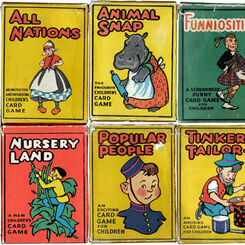
Waddy Productions
Waddy Productions Ltd was a member of the giant Amalgamated Press group and only published card game...
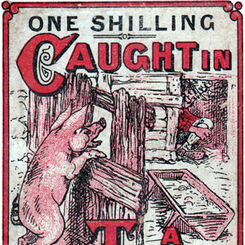
Caught in a Trap
A Victorian card game telling a story of a victim being ensnared in a trap, being caught, and finall...
Most Popular
Our top articles from the past 60 days


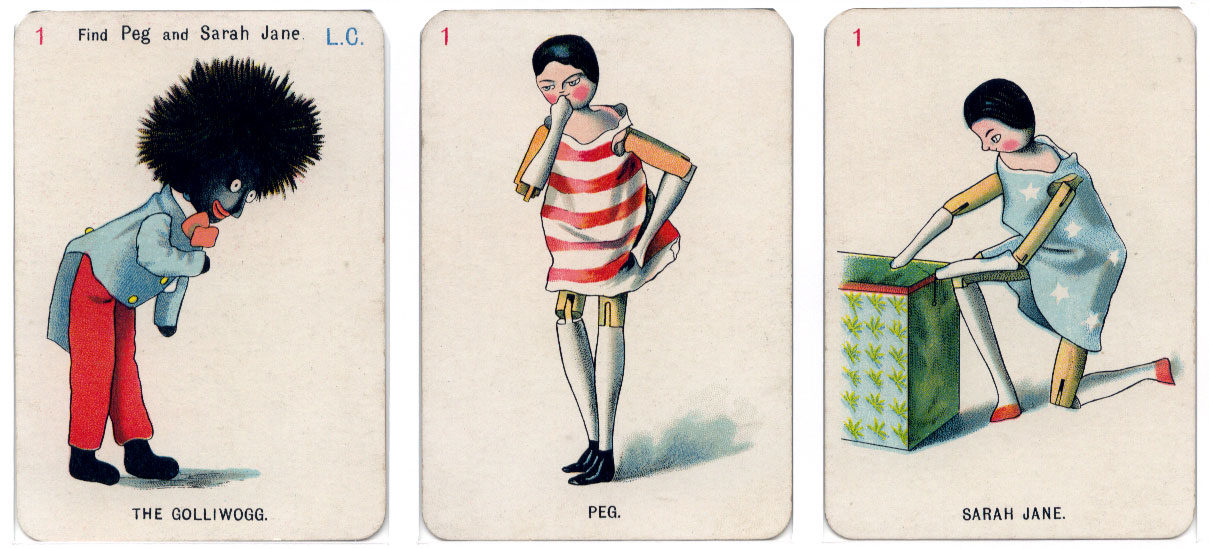
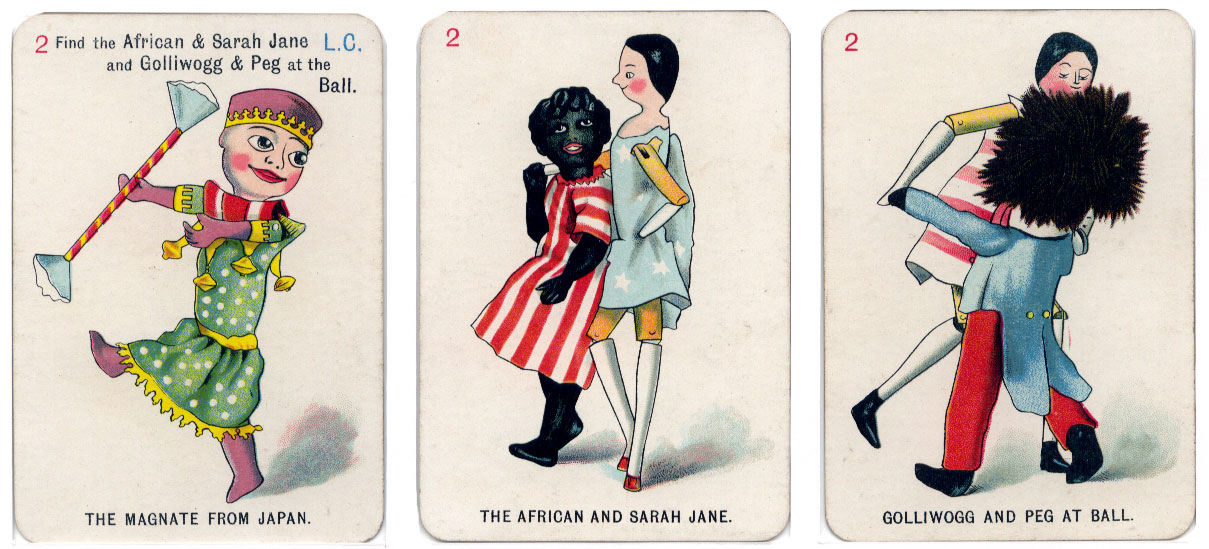
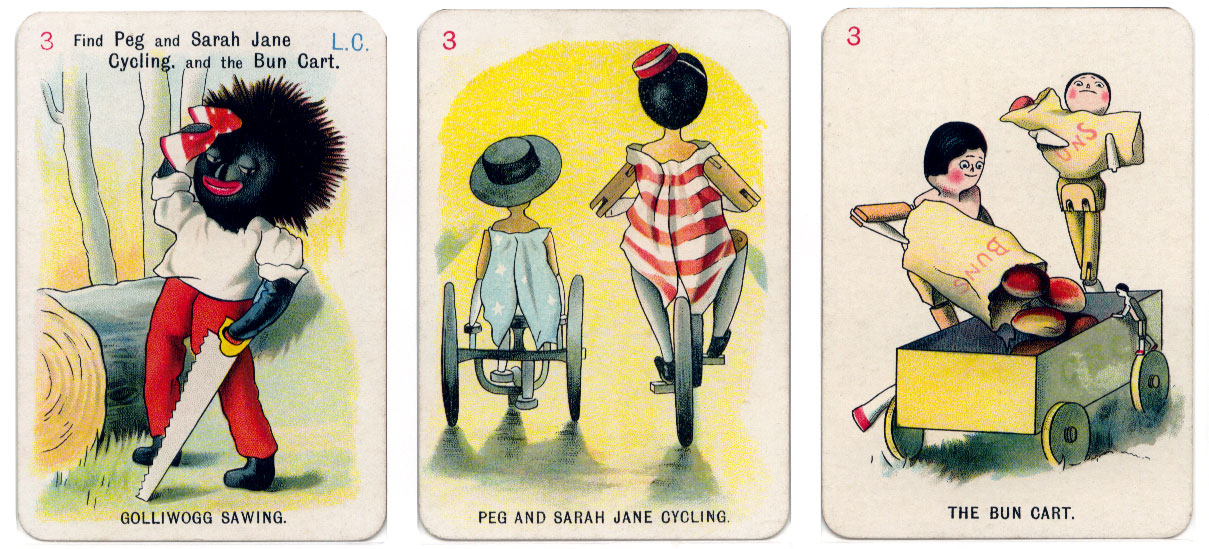
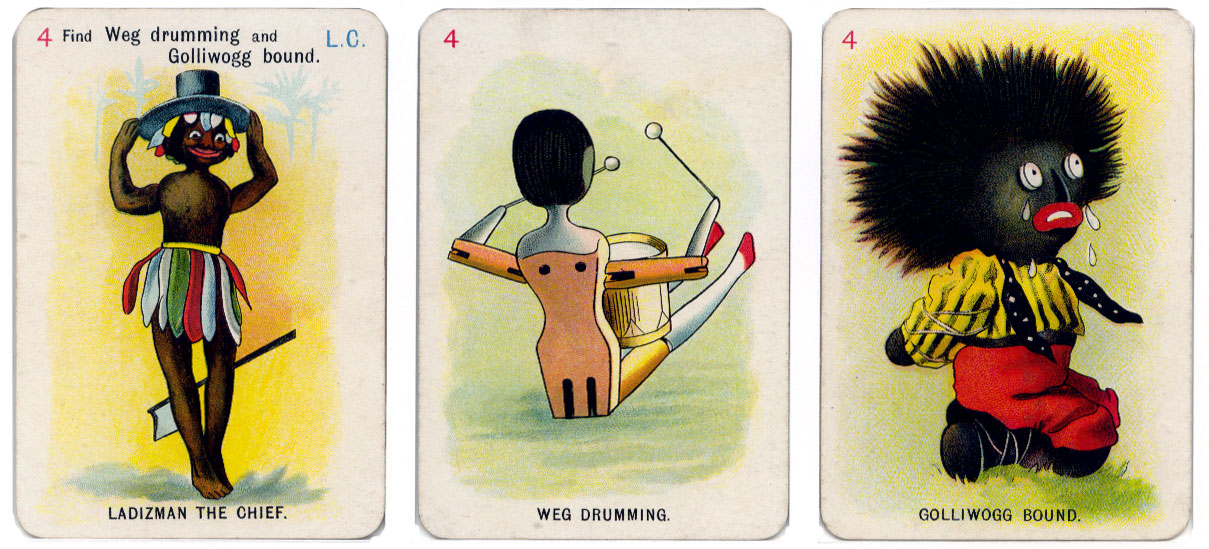
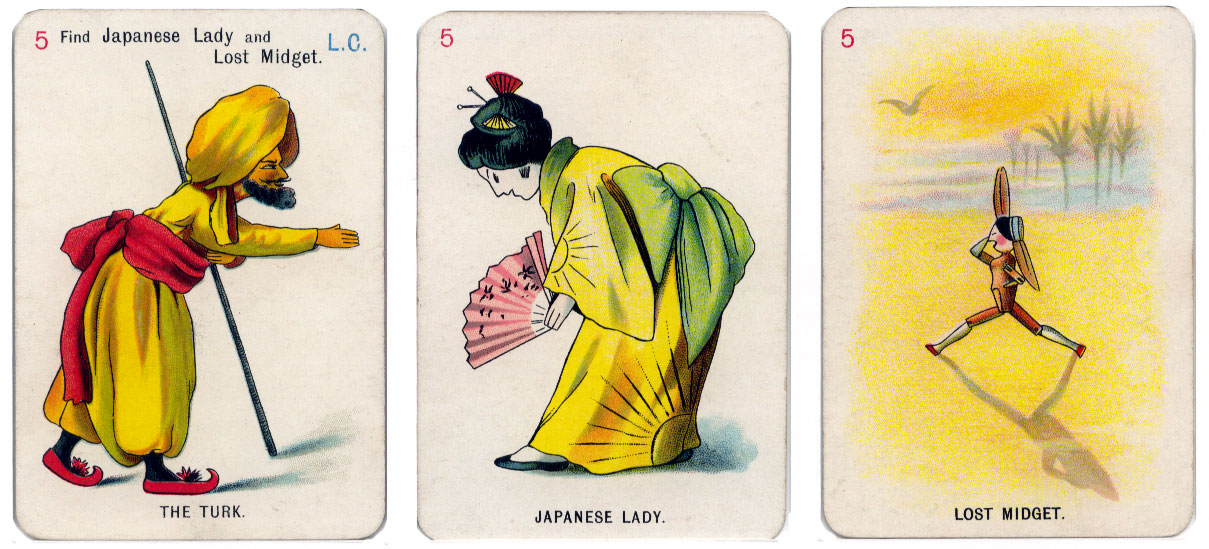
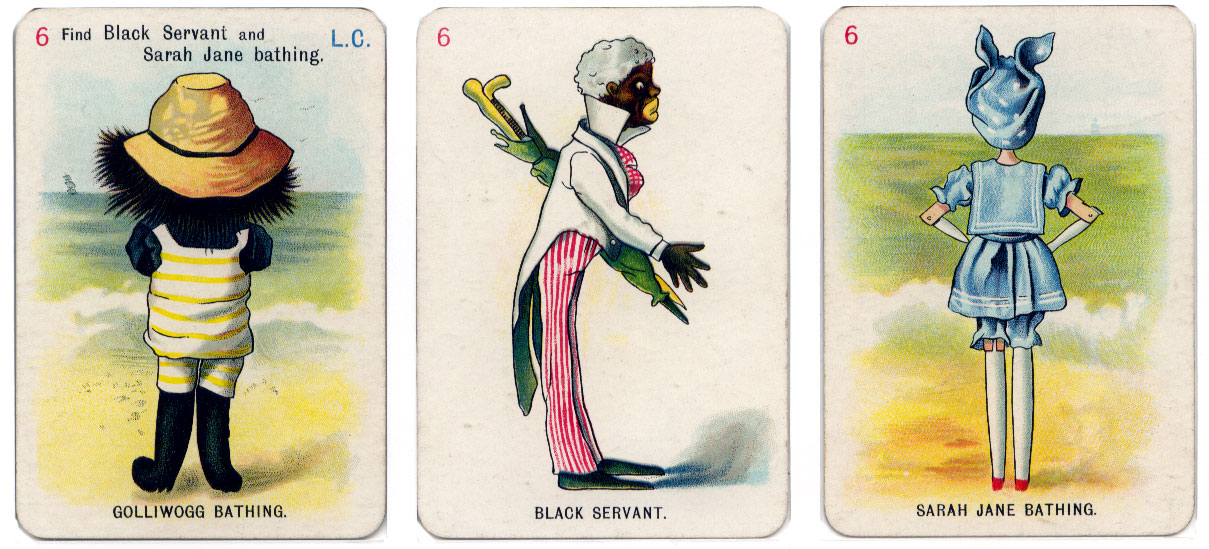
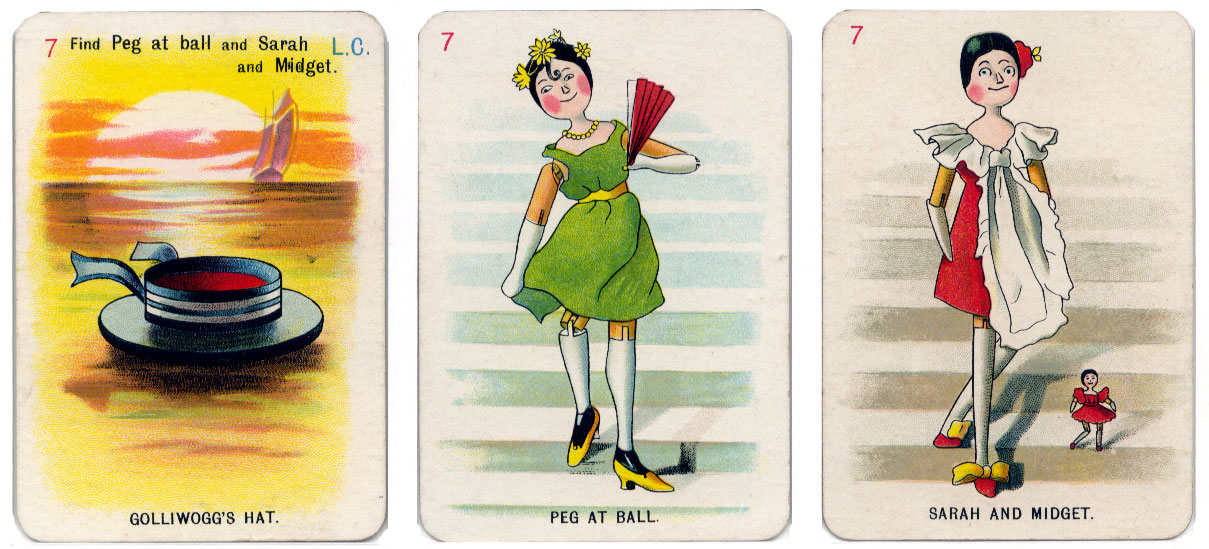
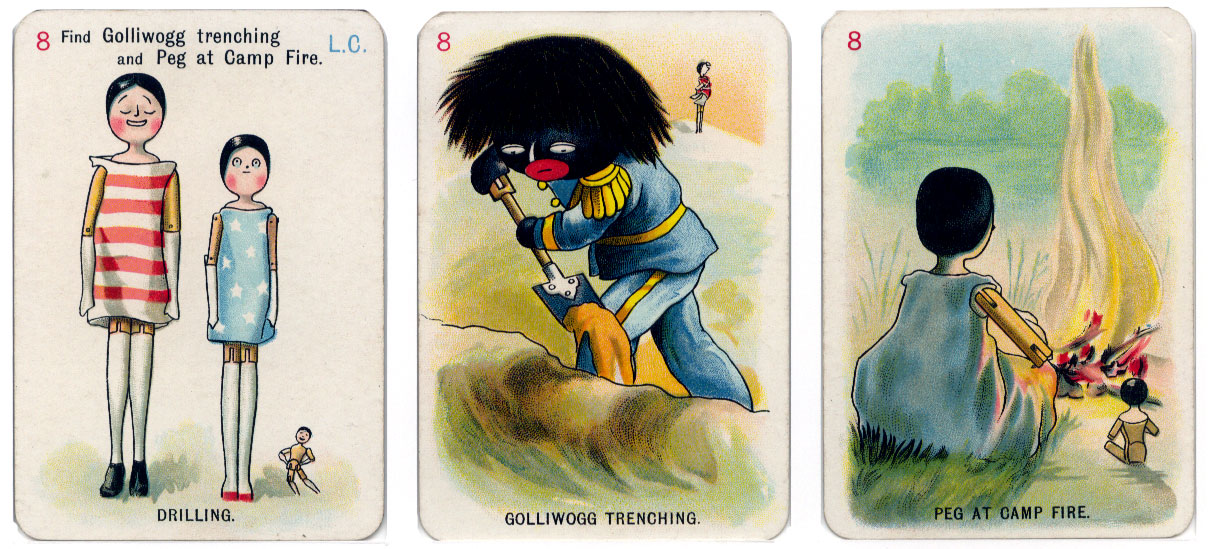
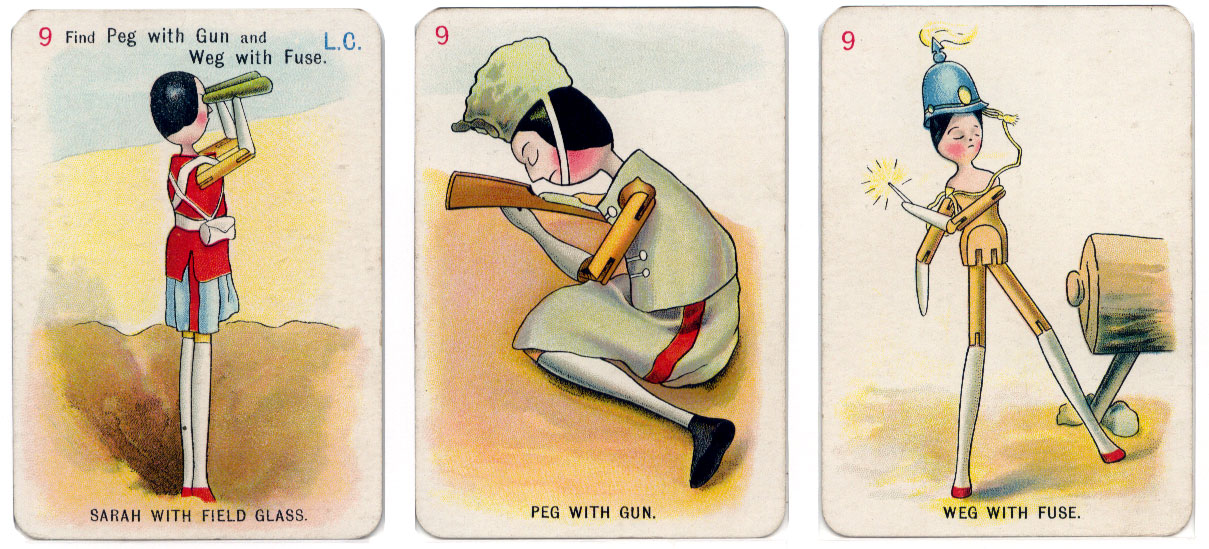
 Your comment here. Your comment here. Your comment here. Your comment here. Your comment here. Your comment here. Your comment here. Your comment here. Your comment here. Your comment here. Your comment here. Your comment here. Your comment here. Your comment here. Your comment here. Your comment here. Your comment here. Your comment here. Your comment here. Your comment here. Your comment here. Your comment here. Your comment here. Your comment here. Your comment here. Your comment here. Your comment here. Your comment here. Your comment here. Your comment here. Your comment here. Your comment here.
Your comment here. Your comment here. Your comment here. Your comment here. Your comment here. Your comment here. Your comment here. Your comment here. Your comment here. Your comment here. Your comment here. Your comment here. Your comment here. Your comment here. Your comment here. Your comment here. Your comment here. Your comment here. Your comment here. Your comment here. Your comment here. Your comment here. Your comment here. Your comment here. Your comment here. Your comment here. Your comment here. Your comment here. Your comment here. Your comment here. Your comment here. Your comment here.




















